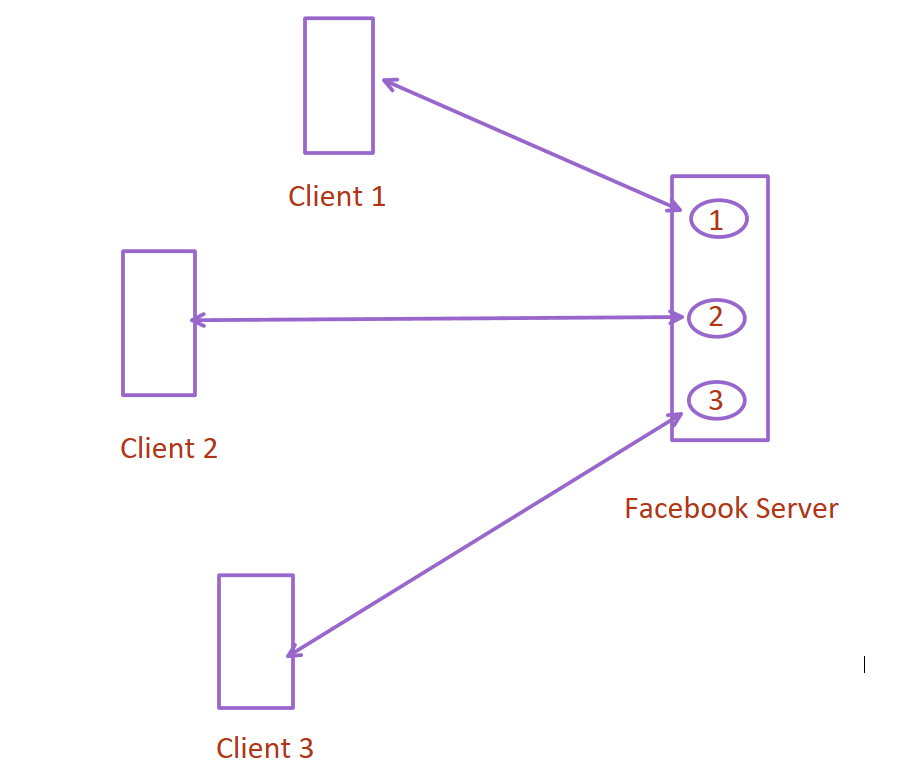Transport Layer Process to Process Communication
For Complete YouTube Video: Click Here
This class will try to understand Transport Layer Process to Process Communication.
We have discussed the concepts of the physiacl layer, data link layer, and network layer in our previous classes.
Transport Layer Process to Process Communication
Our previous video covered that the objective of the network layer is Host-to-Host communication.
The network layer protocols identify the end router to which the host, receiver, or destination is directly connected.
Similarly, the Transport layer’s obejective is to provide the Process-to-Process communication.
To understand this consider the following real-world example.
For example, if we want to access our Facebook account, we will log on to Facebook and get connected to our content.
Similarly, many other users will also get connected to the Facebook server at the same time.
To understand this consider the image shown below.

In the above image, 1, 2, and 3 are the processes or requests made by A, B and C clients to the Facebook server.
The Facebook server should send the response only to the clients requested.
That means only the corresponding process should respond, and then only the communication is efficient.
The transport layer’s objective is to provide this Process-to-Process communication.
This process-to-process communication is possible through port numbers.
The discussion on how to achieve the process-to-process communication will be done in our next class.
